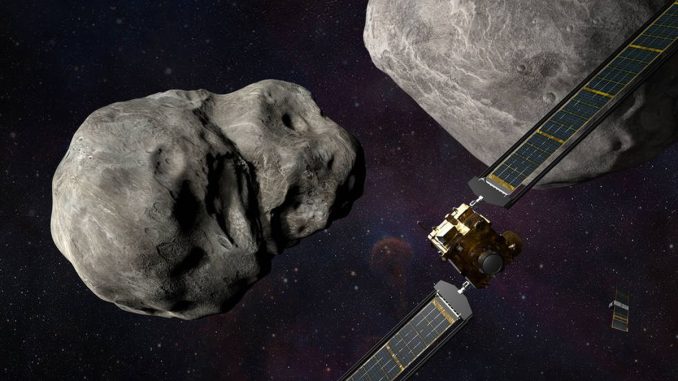
NASA is preparing to launch a daring mission to test a new way of deflecting potentially hazardous asteroids from colliding with Earth. The mission is called DART, which stands for Double Asteroid Redirection Test.
What is DART?
DART is a spacecraft that will deliberately crash into a small moonlet orbiting a giant asteroid named Didymos. The impact is expected to change the speed and direction of the moonlet by a tiny fraction but enough to measure the effect using telescopes on Earth.
This animation shows how the polarisation of sunlight reflected by the #Dimorphos asteroid changed after the impact of NASA’s #DART spacecraft. At the beginning of the video, unpolarised sunlight, represented by wiggly blue lines oscillating in random directions, … 1/ pic.twitter.com/UaRMnpv6LJ
— Girl In Space (@ExploreCosmos_) March 27, 2023
Why is DART important?
DART is the first-ever demonstration of a kinetic impactor technique, which is one of the possible methods of asteroid deflection. Asteroids are rocky remnants of the early solar system that can threaten our planet if they come too close. By slamming into an asteroid, DART will show whether we can predictably alter its orbit and whether this technique could be used to prevent a catastrophic impact.
How will DART work?
DART will launch in November 2021 and fly for about a year before reaching its target. The spacecraft will use a camera and an autonomous navigation system to guide itself toward the moonlet, about 160 meters across. DART will hit the moonlet at about 6.6 kilometers per second, or more than 23,000 kilometers per hour. The collision will create a crater and eject some material into space. The change in the moonlet’s orbit will be detected by observing how it blocks the light from the giant asteroid, which is about 780 meters across.
What are the challenges and risks of DART?
DART is a high-risk, high-reward mission that involves many technical and scientific challenges.
Some of them are:
- Finding and tracking the target asteroid is very faint and moves fast across the sky.
- We are designing and testing a spacecraft that can survive the harsh environment of deep space and perform a precise maneuvers at high speed.
- Measuring the effect of the impact on the moonlet’s orbit will be very small and require sophisticated analysis.
- We ensure that the mission does not create any unwanted consequences, such as increasing the risk of collision with other asteroids or debris.
NASA has conducted extensive studies and reviews to address these challenges and risks and has consulted with international partners and experts to ensure that DART follows the best practices and standards for planetary defense.
What are the benefits and goals of DART?
DART is a groundbreaking mission that will advance our knowledge and capabilities for planetary defense. Some of its benefits and goals are:
- Demonstrating that we can change the orbit of an asteroid using a kinetic impactor technique, which could help deflect a more giant or threatening asteroid in the future.
- Providing valuable data and insights on asteroids’ physical properties and behavior will help us better understand their origin, evolution, and diversity.
- Inspiring public interest and awareness about asteroids and planetary defense and fostering international cooperation and collaboration on this critical topic.
“DART is a first-of-its-kind mission that will show us how we can protect our planet from a potential asteroid impact,” said Thomas Zurbuchen, associate administrator for NASA’s Science Mission Directorate. “It’s not only a remarkable feat of engineering and science but also a testament to our human ingenuity and curiosity.”

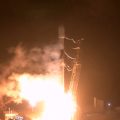
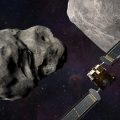
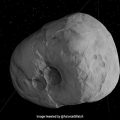



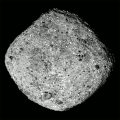

Leave a Reply